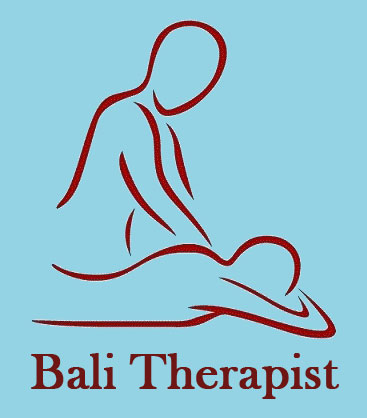The word Prāṇāyāma derives from the Sanskrit words prāṇa and ayāma, translating as “life force” and “expansion”, respectively. It is a common term for various techniques for accumulating, expanding and working with prana. Pranayama is one of the eight limbs of yoga and is a practice of specific and often intricate breath control techniques. The dynamics and laws of Prana were understood through systematic practice of Pranayama to gain mastery over Prana
Many pranayama techniques are designed to cleanse the nadis, allowing for greater movement of prana. Other techniques may be utilized to arrest the breath for samadhi or to bring awareness to specific areas in the practitioner’s subtle or physical body. It can also be utilized to generate inner heat as in the practice of tummo.
In Ayurveda and therapeutic yoga, pranayama may be utilized for many tasks, including to affect mood and aid in digestion. A.G. Mohan stated that the physical goals of pranayama may be to recover from illness or the maintenance of health, while its mental goals are: “to remove mental disturbances and make the mind focused for meditation”.
According to Georg Feuerstein: “The two most important species of the life force are obviously prâna and apâna, which underlie the breathing process. Their incessant activity is seen as the principal cause for the restlessness of the mind, and their stoppage is the main purpose of breath control (prânâyâma).Swami Yogananda writes, “The real meaning of Pranayama, according to Patanjali, the founder of Yoga philosophy, is the gradual cessation of breathing, the discontinuance of inhalation and exhalation”
The ancient concept of prana is described in many Hindu texts, including Upanishads and Vedas. One of the earliest references to prana is from the 3,000-year-old Chandogya Upanishad.
Prana is typically divided into constituent parts, particularly when concerned with the human body. While not all early sources agree on the names or number of these divisions, the most common list from the Mahabharata, the Upanishads, Ayurvedic and Yogic sources includes five classifications, often subdivided.This list includes Prana (inward moving energy), apana (outward moving energy), vyana (circulation of energy), udana (energy of the head and throat), and samana (digestion and assimilation). Early mention of specific pranas often emphasized prāṇa, apāna and vyāna as “the three breaths”. This can be seen in the proto-yogic traditions of the Vratyas among others. Texts like the Vaikānasasmārta utilized the five pranas as an internalization of the five sacrificial fires of a panchagni homa ceremony.
Similar concepts exist in various cultures, including the Islamic and Sufic barakah, the Greek pneuma, the Chinese qi, the Polynesian mana, the Amerindian orenda, the German od, and the Hebrew ruah. Prana is also referred to as “bioplasmic energy”,subtle energy”, or “life force”.
Treatment price for one home visit 350 000 IDR

